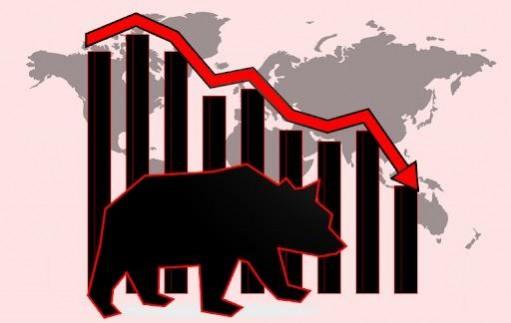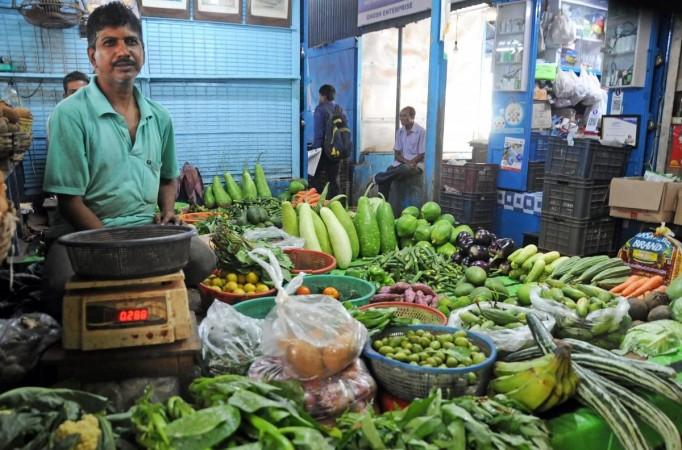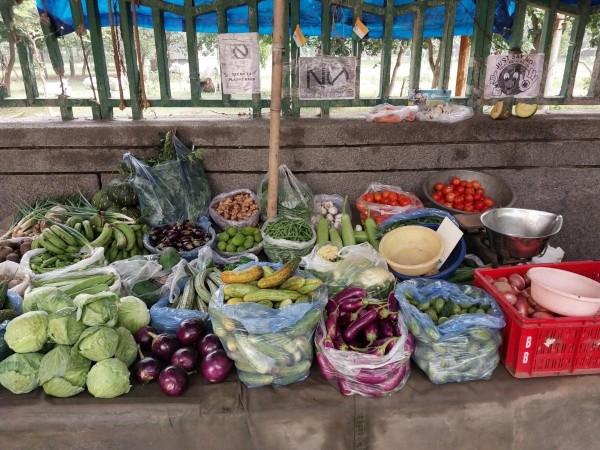
The year 2024 has been historic for the Indian stock market as companies have raised a record capital of over Rs 3 lakh crore so far this year through Initial Public Offerings (IPOs), Qualified Institutional Placements (QIPs), and Rights Issues, breaking the previous record of raising capital – Rs 1.88 lakh crore in 2021.
According to reports, 90 companies have raised or announced fundraising of Rs 1.62 lakh crore so far this year, which is 2.2 times more than last year’s Rs 49,436 crore.
The amount raised through new issues in 2024 is around Rs 70,000 crore, compared to Rs 43,300 crore in 2021.
So far in 2024, 88 companies have raised Rs 1.3 lakh crore through QIPs. Earlier, the highest amount of Rs 80,816 crore was raised through QIPs by 25 companies in 2020.
So far, 20 companies have raised about Rs 18,000 crore through rights issues. Last year, this figure was Rs 7,266 crore and in 2022 it was Rs 3,884 crore.

This figure is also expected to increase in the last two weeks of 2024, as this week, IPOs of companies like DAM Capital Advisors, Ventive Hospitality, Carraro India, Senores Pharmaceuticals, Transrail Lighting, Concord Enviro Systems, Sanathan Textiles, and Mamta Machinery are open.
Experts say that the reason for the large amount of funds raised by the companies is the high economic growth rate, due to which companies are making more capital expenditures for expansion. It also shows the increasing confidence of the investors in the equity market.
The growth rate of the Indian economy was 8.2 per cent in the financial year (FY) 2023-24. According to the Reserve Bank of India, the growth rate is estimated to be 6.6 per cent in the current financial year (FY 2024-25).
(With inputs from IANS)









